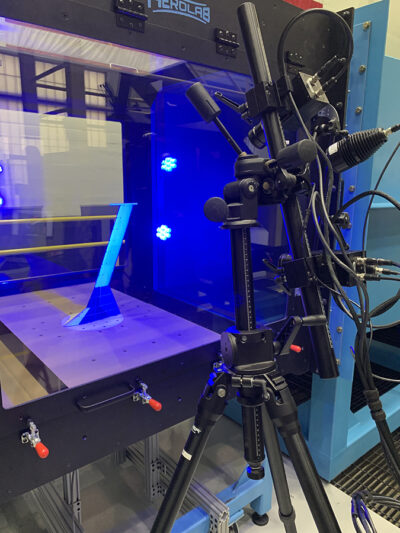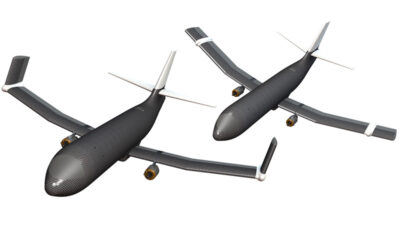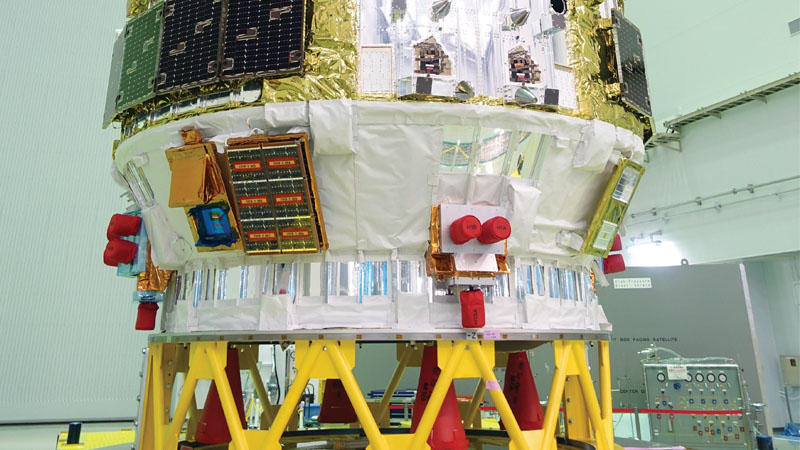U.S. and Indian lunar missions headline the year’s events
By Leena Singh, Narayanan R. Ramachandran and Surendra P. Sharma|December 2023
The Space Exploration Integration Committee brings together experts on topics relevant to future human and robotic exploration missions.
NASA flight engineers spent this year in extensive post-flight analysis of the Orion crew capsule components as part of the Artemis I mission to lunar orbit. Orion returned to Earth in December 2022. Although the spacecraft did not carry crew, it traveled with three instrumented humanlike payloads to help engineers characterize its handling qualities to better protect astronauts in future missions. Data showed the European-built service module generated 20% more power than expected and consumed 25% less power than predicted. NASA also scrutinized telemetry from the Space Launch System rocket that lofted Orion to orbit. Early analyses from onboard instrumentation showed that the four thrust and fuel/oxidizer ratios of the four RS-25 engines on the SLS core stage were within 0.5% of predicted values and that internal pressures and temperatures were within 2% of design. The flight, the first with the SLS design, also provided important data for the verification and validation of ground support equipment and critical assessment of flight phenomena such as suppression of coupled instability.
In April, NASA and the Canadian Space Agency announced the four astronauts for Artemis II, the first crewed mission to lunar orbit in 50 years: NASA astronauts Reid Wiseman, commander; Victor Glover, pilot; Christina Hammock Koch, mission specialist 1; and Canadian astronaut Jeremy Hansen, mission specialist 2. Artemis II is scheduled for launch in November 2024.
In September, NASA’s Origins, Spectral Interpretation, Resource Identification, Security-Regolith Explorer, or OSIRIS-REx, spacecraft built by Lockheed Martin made a close approach to Earth to release a capsule containing regolith samples from the asteroid Bennu. The capsule landed under parachutes in Utah, and OSIRIS-REx began its new mission to the asteroid Apophis, becoming OSIRIS-APEX.
NASA’s James Webb Space Telescope continued to lift the veil on the mysteries of the universe. Webb’s highly sensitive multimodal spectral sensors provided measurements previously only theorized. Scientific research teams analyzing Webb’s views of the “El Gordo” galaxy cluster published papers in July and August, identifying more remote galaxies seen through gravitational lensing, in which El Gordo magnified light from galaxies that are some 10.6 billion light years away. Webb’s image showed a disk-shaped galaxy about a quarter the size of the Milky Way, with spectral information on its star- formation history. Other lensed galaxies show a red giant star, highlighting Webb’s capabilities. Previously lensed discoveries from the Hubble telescope could only see down to blue supergiants, which are much more massive and observable.
In contrast, amateur astronomers in Japan participating in a backyard astronomy observation program detected a bright flash in Jupiter’s atmosphere caused by asteroids or comets penetrating the planet’s atmosphere. According to Ko Arimatsu, a Kyoto University astronomer running the program, the impact is estimated to be comparable to a 2-megaton TNT explosion. Citizen astronomers are valuable for such science because it is impractical to have high-value scientific apparatus dedicated to such chance events.
In August, India’s Vikram lunar lander touched down on the lunar south pole, the country’s first controlled landing at the moon. India’s Chandrayaan-3 spacecraft was launched in July carrying the lander, and was inserted into lunar orbit in early August. Once in lunar orbit, Vikram separated for descent. On the surface, Vikram demonstrated its surface exploration capabilities with a short 30-centimeter hop. Vikram is equipped with a range of sensors, including a seismometer, a surface temperature probe and a robotic surveyor that has traversed about 100 meters from the lander. The lander and rover were designed to operate for one lunar day — about 14 Earth days. They were each deemed to have completed their mission in early September when they transitioned into sleep mode for the oncoming lunar night.


































